Traffic between Copenhagen and other airports in Denmark was lower in November than at the same time last year, according to Copenhagen Airport figures.
But that fall-off was more than offset by higher numbers of long distance flights, with services to non-European destinations increasing by 11 percent during the first 11 months of this year.
Flights to other European cities still form the largest proportion of total flights, however, with the most common destinations by passenger being London, Stockholm and Oslo.
The only Danish destination in the top ten for the airport was Aalborg, which is a five-hour rail journey from the capital.
European capitals such as Amsterdam, Paris, Brussels and Berlin were also amongst the most popular destinations.
There is a total of 39 different routes leaving Copenhagen for destinations outside of Europe.
“The long routes out of Europe are vital for Denmark to continue to be able to have a strong international traffic hub in northern Europe,” Copenhagen Airport director Thomas Woldbye said.
“That’s why we’re working in a target-oriented fashion together with airlines to increase long-haul routes, so that Danes, Swedes, Norwegians, people from the Baltic countries, Poles and Germans can choose short routes via Copenhagen on to the rest of the world instead of flying via, for example, Amsterdam or London,” Woldbye added.
READ ALSO: Copenhagen Airport sets new passenger record


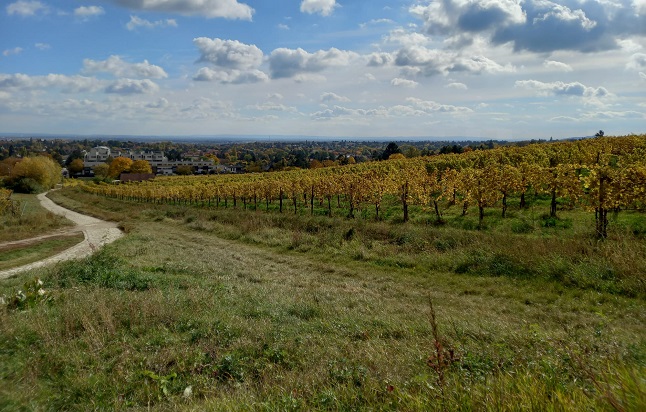
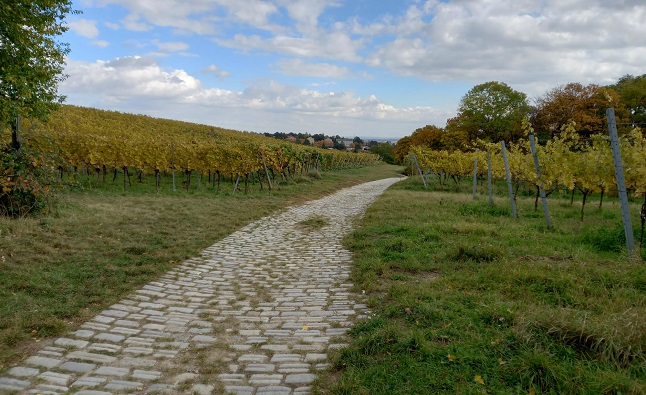
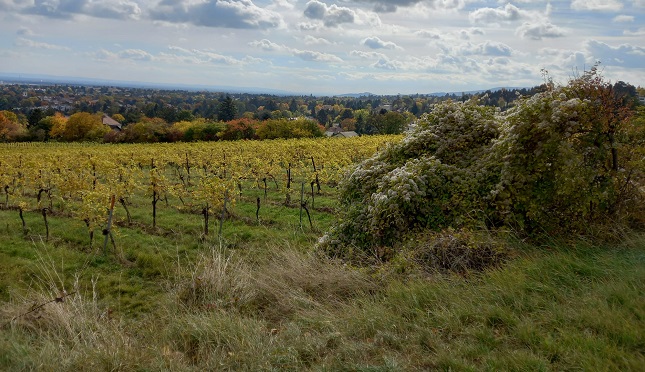
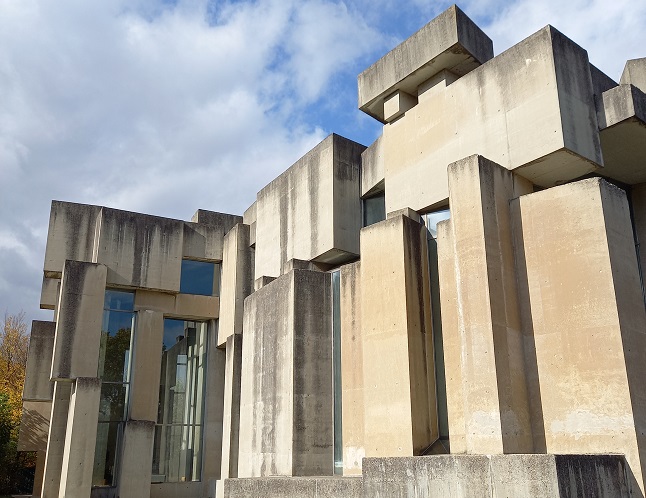
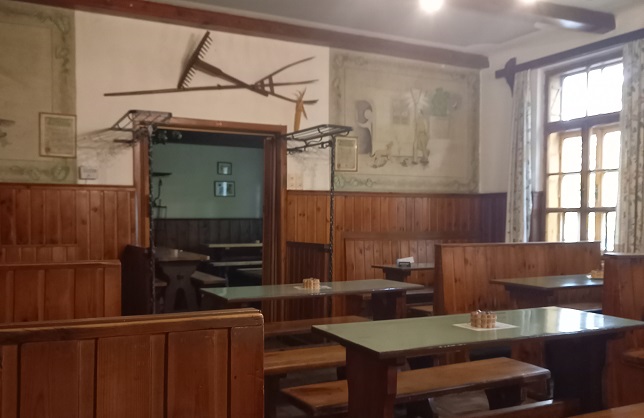
 Please whitelist us to continue reading.
Please whitelist us to continue reading.